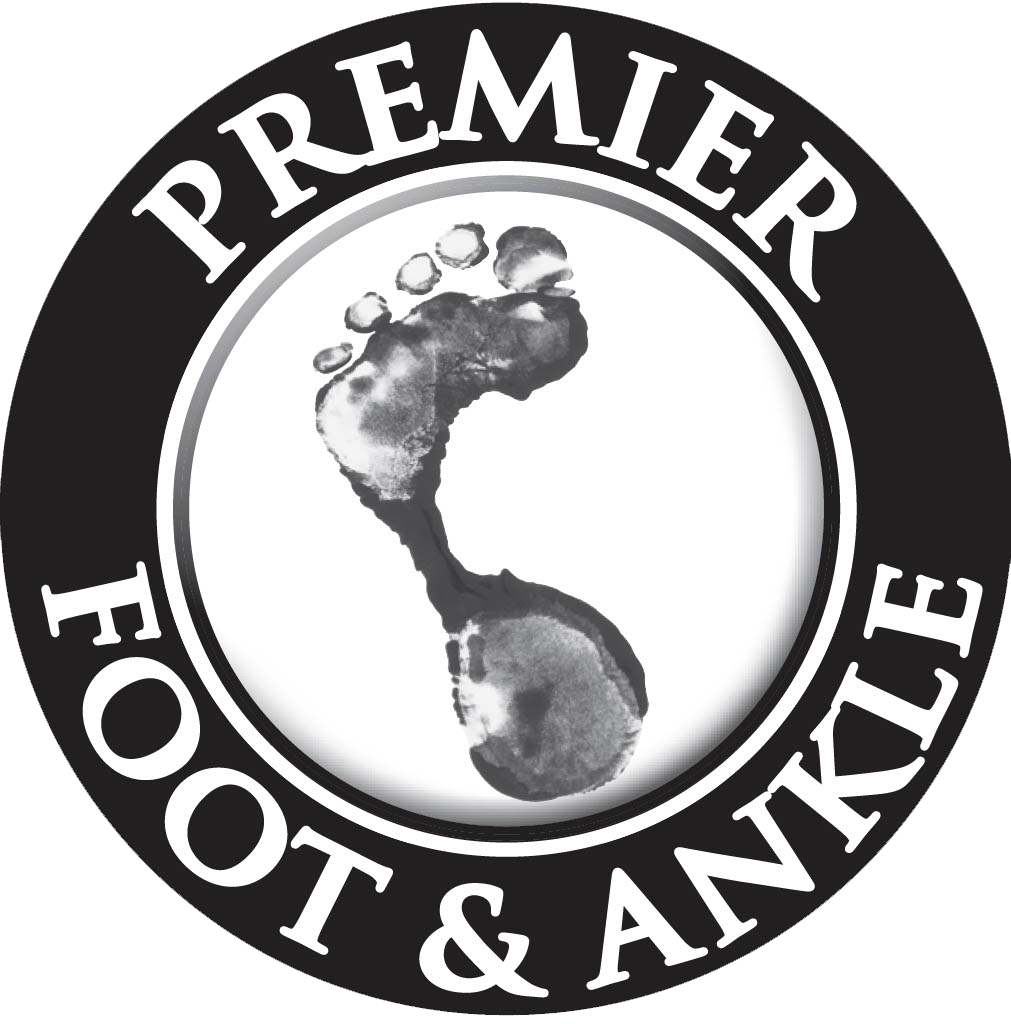Minimally Invasive Surgeries
(610) 670-2277
Minimally Invasive Surgery
Our physicians are trained in the latest techniques to meet your surgical needs. Minimally invasive surgical procedures have become increasingly popular due to their numerous benefits.
Here are some examples of procedures commonly performed to correct foot and ankle conditions:
- Minimally Invasive Bunion Surgery (Hallux Valgus Correction)
- Minimally Invasive Hammertoe Surgery
- Minimally Invasive Ankle Surgery (Ankle Arthroscopic Surgery)
- Minimally Invasive Tendon Surgery (Example: Endoscopic Plantar Fasciotomy)
Each patient's needs vary, and the suitability of minimally invasive techniques will depend on your specific condition. Call for your consultation today to determine the best course of action to treat your foot or ankle issues.
The Benefits of Minimally Invasive Podiatric Surgery
Minimally invasive surgery can be a highly effective option for treating various foot and ankle conditions, leading to improved satisfaction and outcomes. Some benefits include:
- Smaller Incisions: The surgery requires smaller incisions compared to traditional surgery. This results in less tissue damage and reduced scarring.
- Reduced Pain: Patients often experience less postoperative pain due to decreased tissue trauma, leading to a more comfortable recovery.
- Quicker Recovery Time: Many patients can return to their normal activities faster after minimally invasive procedures, with shorter downtime compared to more invasive surgical options.
Call Premier Foot & Ankle Associates for your evaluation today!
Contact Us Today
Premier Foot & Ankle Associates is excellence in action for all your podiatric needs. Give us a call today to get started.

Share On: